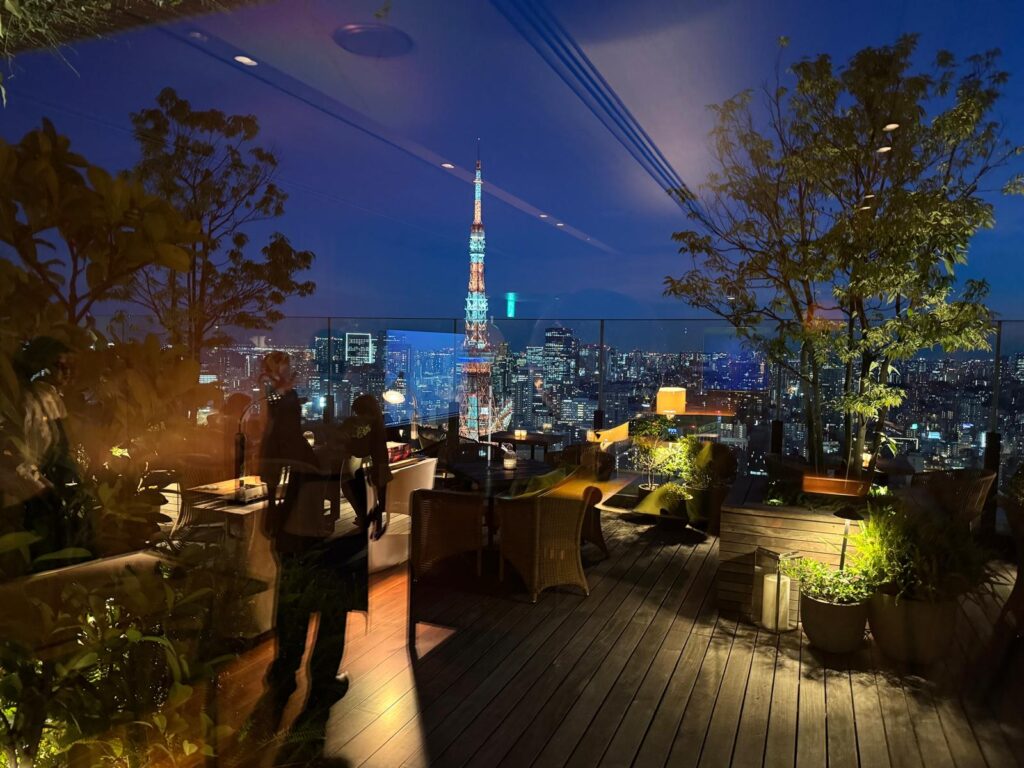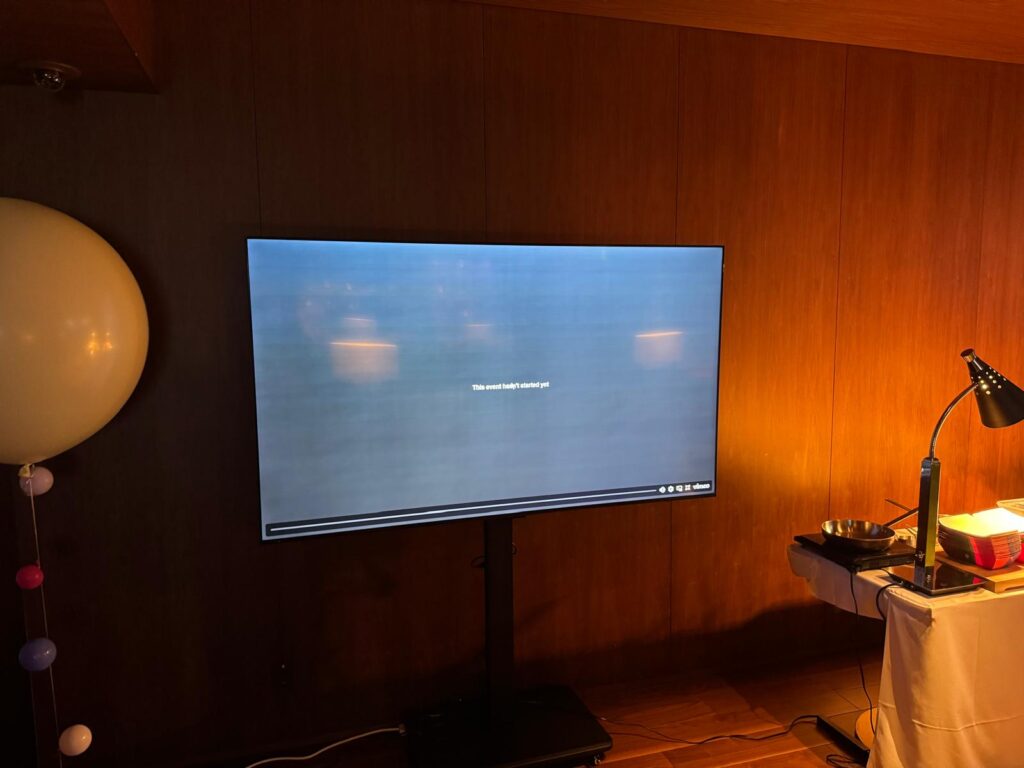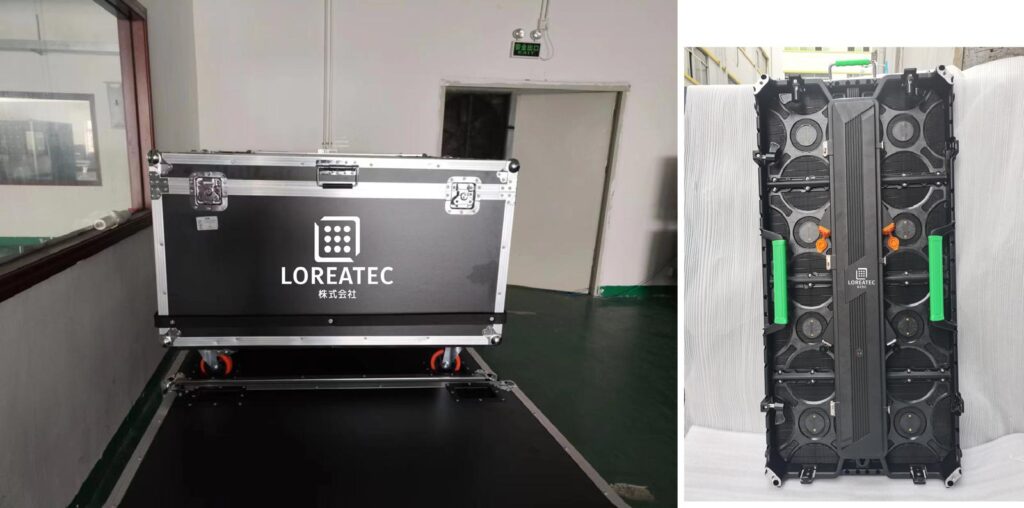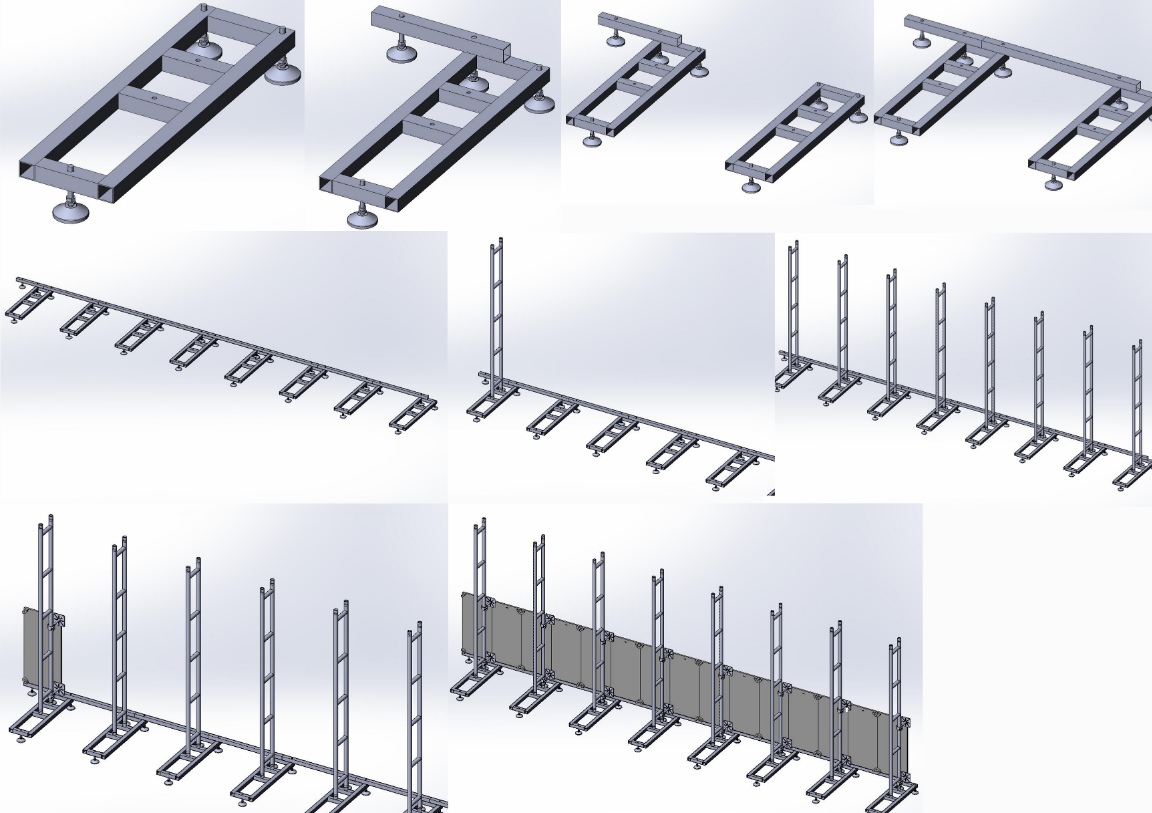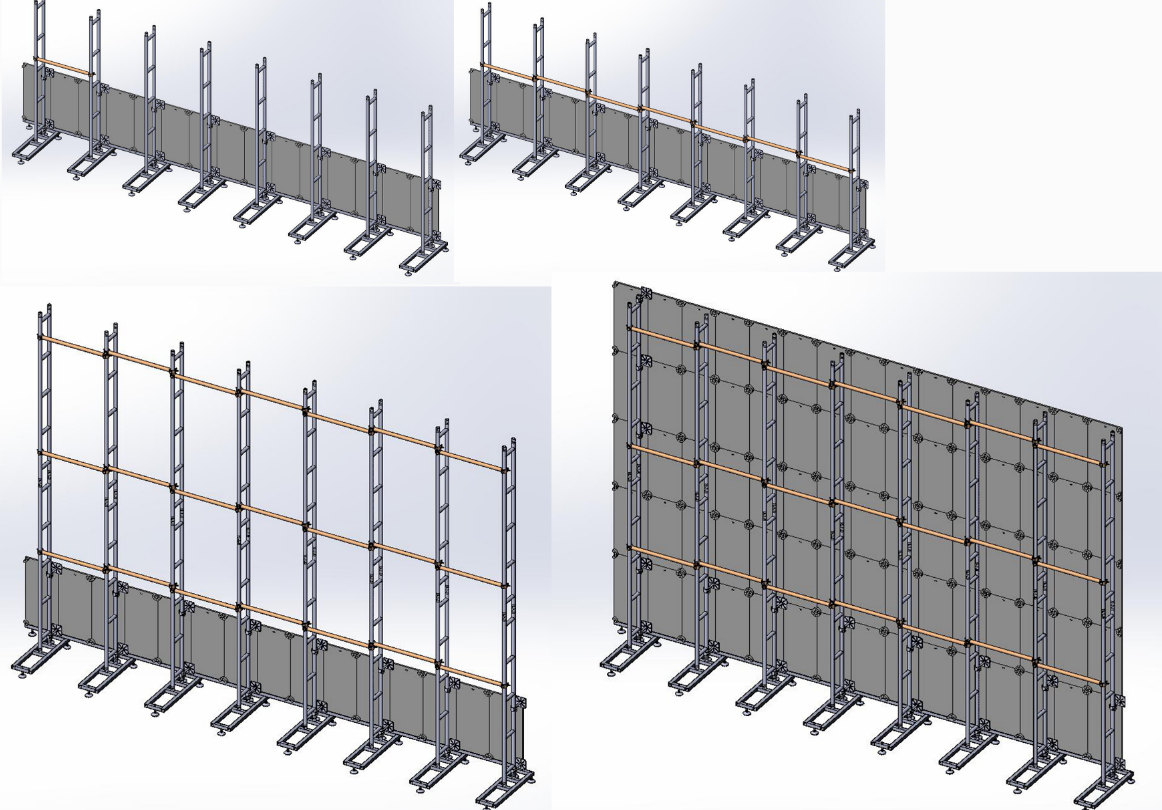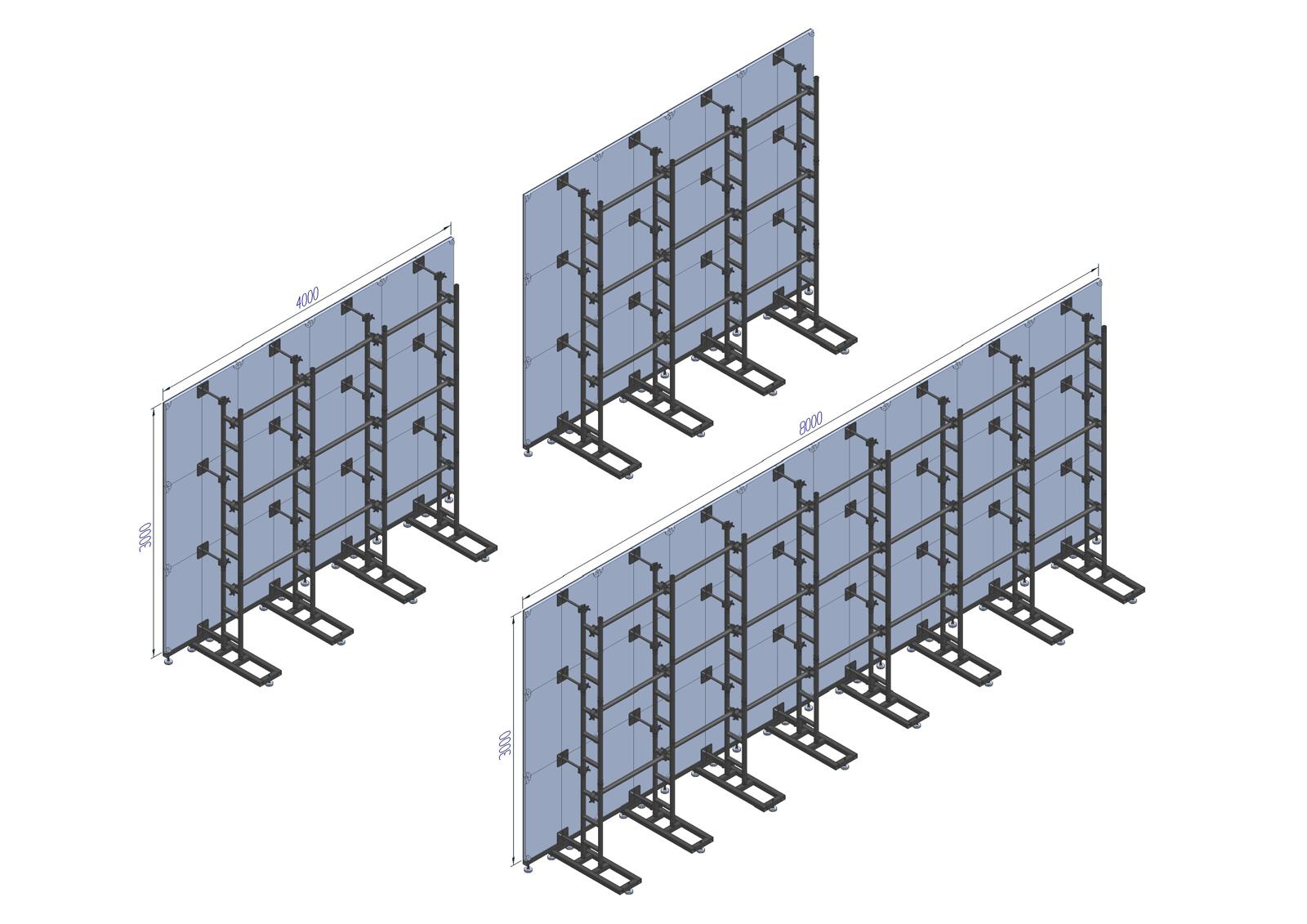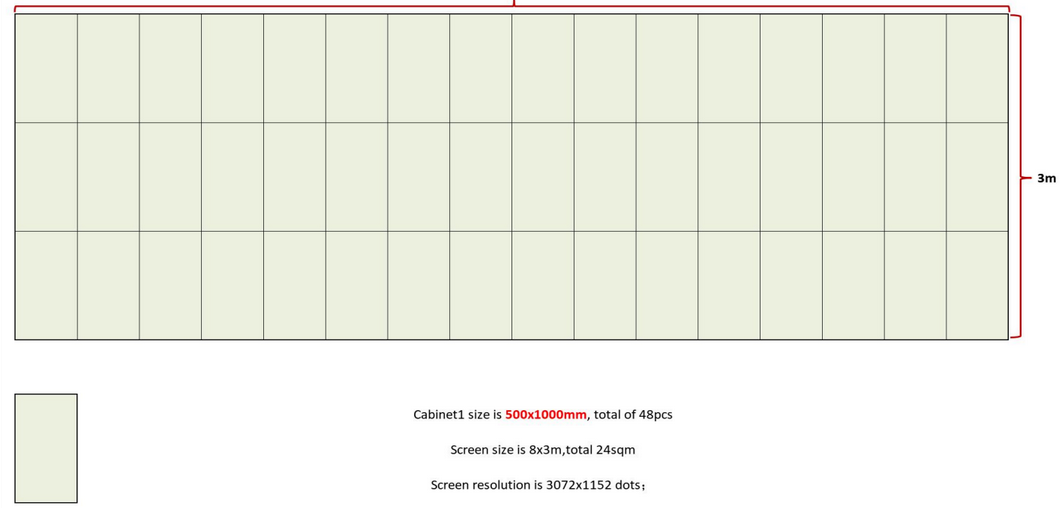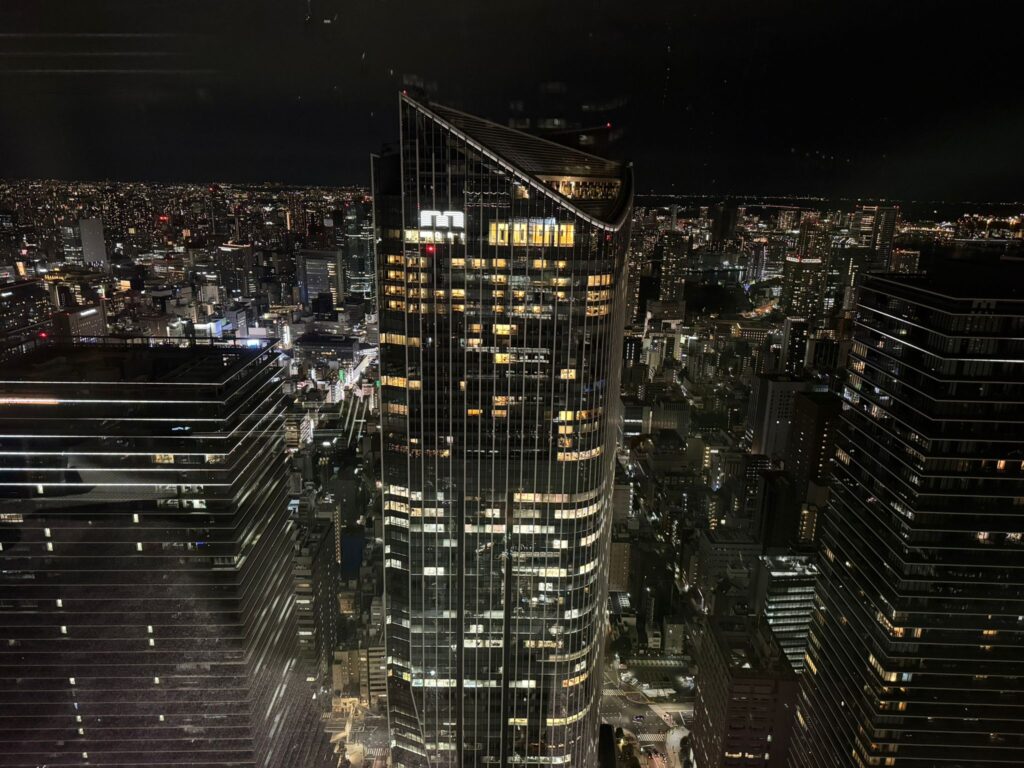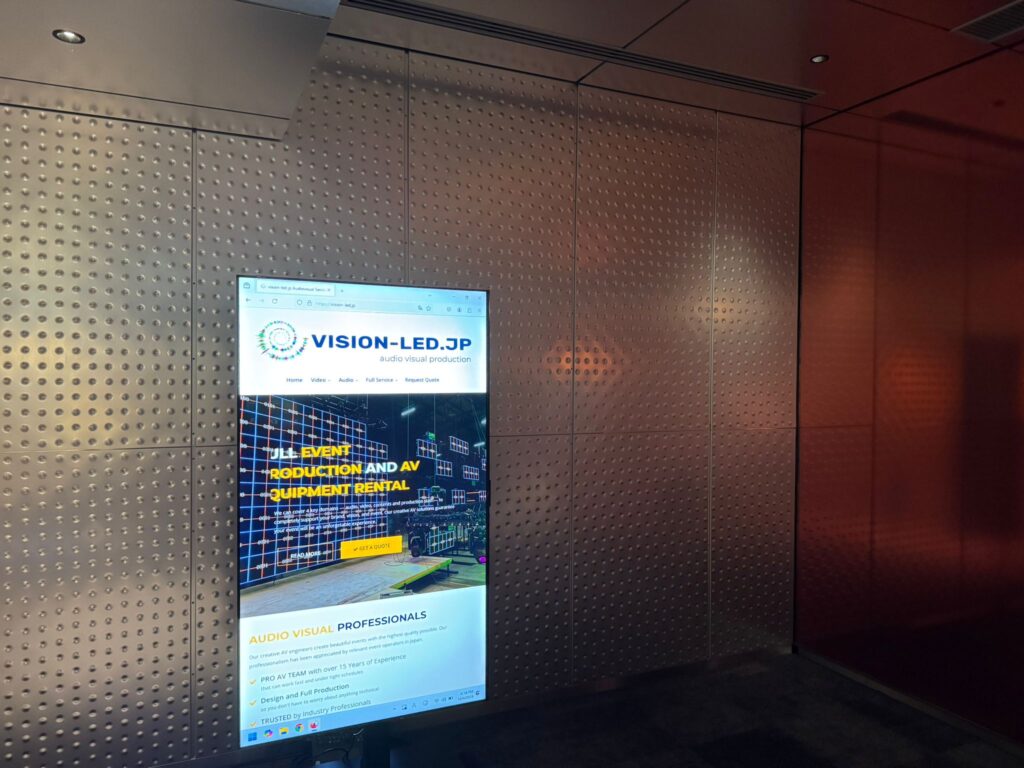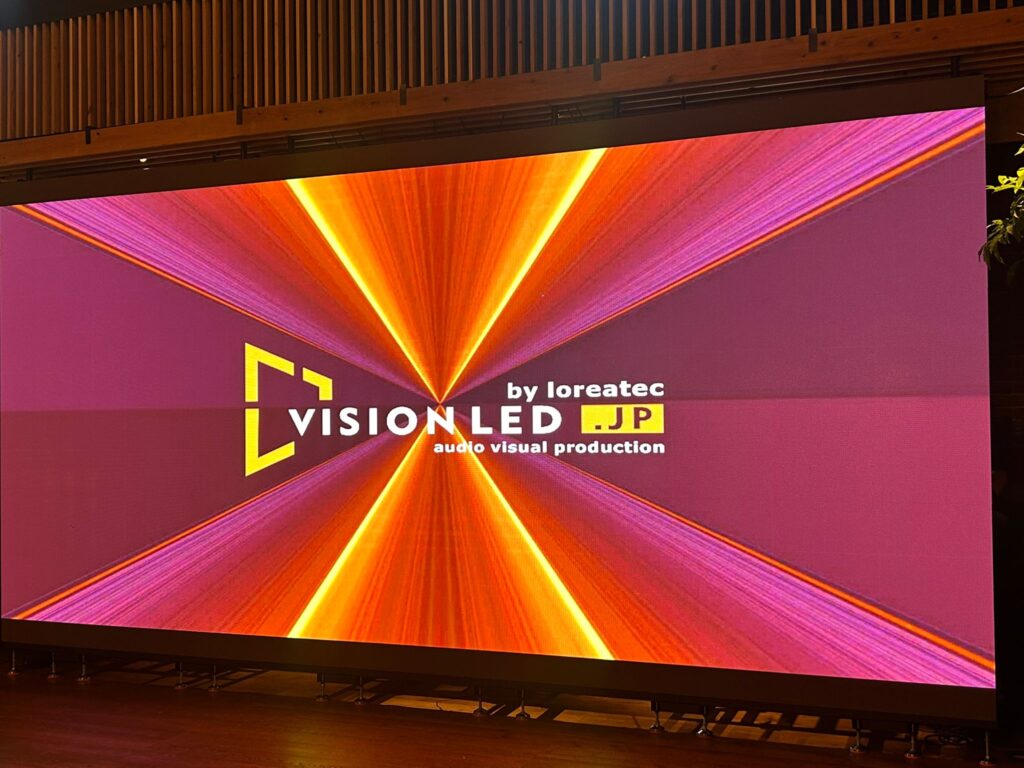
We are excited to showcase our cutting-edge OBS SSH Multi-Display Controller, a powerful software solution designed to make digital signage effortless and scalable.
Whether you’re managing dynamic displays for events, retail environments, or public spaces, our Java-based controller simplifies the complexity of multi-screen management, delivering seamless content synchronization and remote control. Plus, with our white-label and customization options, we can tailor this solution to perfectly fit your brand and business needs.
Why Choose our OBS SSH Multi-Display Controller?
Digital signage is transforming how businesses engage audiences, from immersive concert visuals to real-time information in airports. Our OBS SSH Multi-Display Controller is built to streamline this process, offering:
- Multi-Screen Management: Control multiple displays from a single, user-friendly interface, whether they’re in one location or across a global network.
- Content Synchronization: Schedule and sync video content across devices for perfectly timed, cohesive playback that captivates your audience.
- Remote Control: Manage displays securely from anywhere using SSH and OBS WebSocket technology, ideal for dynamic or off-site signage.
This software is perfect for businesses looking to elevate their digital signage game, whether it’s creating stunning LED video walls in retail stores, delivering synchronized content for live events, or displaying real-time updates in public spaces like museums or transportation hubs.
White-Label and Customization: Make It Your Own
At Vision-LED, we understand that every business is unique. That’s why we offer a white-label version of the OBS SSH Multi-Display Controller, allowing you to brand the software as your own. Whether you’re an AV integrator, event production company, or digital signage provider, our white-label solution lets you deliver a professional, branded experience to your clients without the overhead of developing software from scratch.
Need something tailored specifically to your workflow? Our team can customize the software to meet your exact requirements. From integrating with your existing systems (like OBS Studio) to adding specialized features for your industry, we work closely with you to ensure the controller aligns perfectly with your digital signage goals. Whether it’s custom scheduling logic, enhanced network configurations, or unique content management features, we’ve got you covered.
How Vision-LED Supports Your Success
As a division of LOREATEC CO LTD, Vision-LED brings over a decade of expertise in audiovisual solutions. We don’t just provide software—we deliver end-to-end support to make your digital signage project a success:
- Custom Installation: Our experienced team sets up your LED video walls and configures the controller for optimal performance.
- Network Setup: We ensure stable, secure connections, whether using local networks or private solutions like Tailscale for remote access.
- Content Management: We assist with uploading, scheduling, and synchronizing your video content, so your displays always deliver the right message at the right time.
- Ongoing Support: From troubleshooting to maintenance, our team ensures your signage operates flawlessly.
Check out more details on our dedicated digital signage page. Feel free to contact us to discuss customization options, or request a demo. Let us help you bring your company’s vision to life with dynamic, impactful displays.

